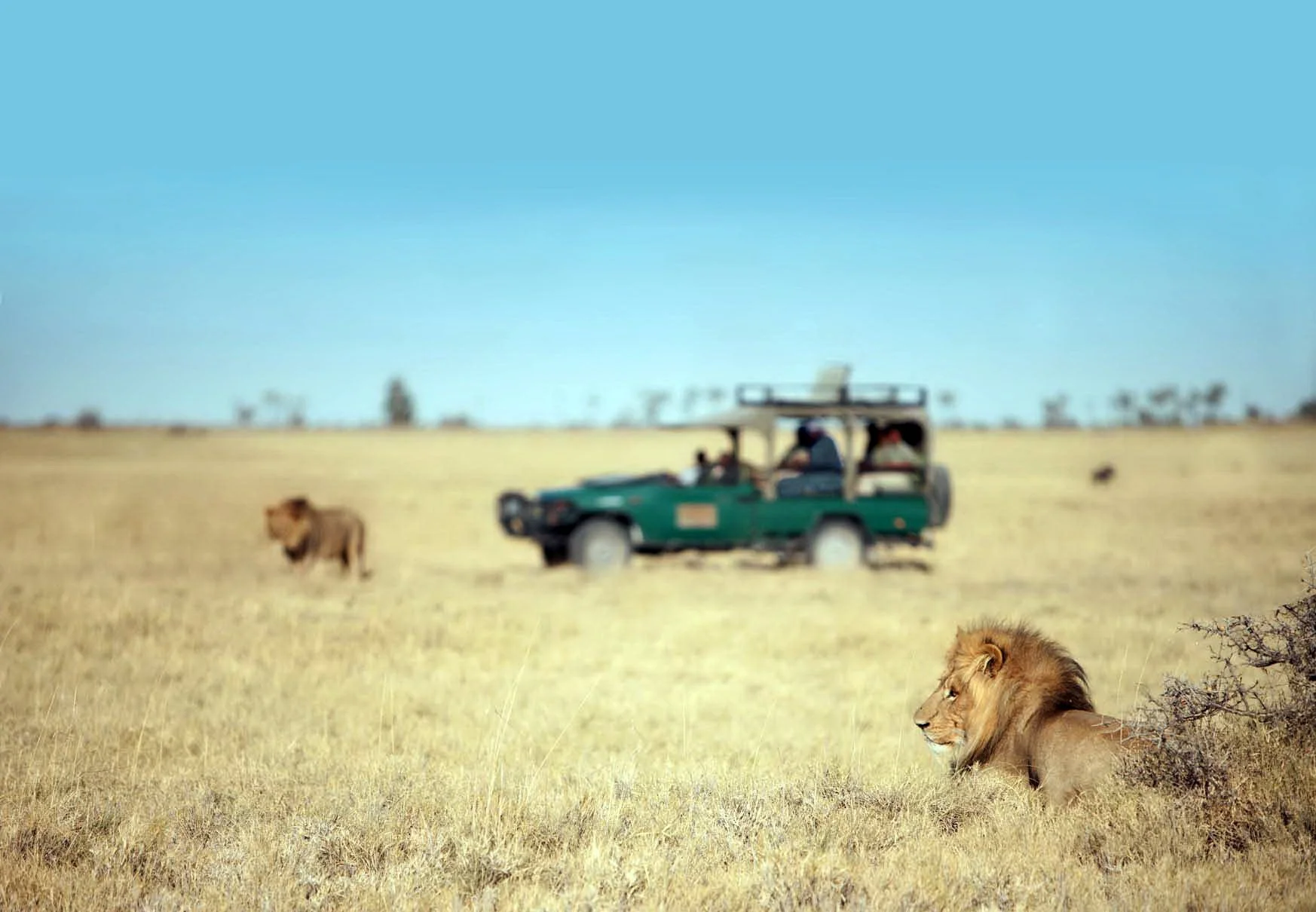MAKGADIKGADI AND NXAI PANS
The Makgadikgadi and Nxai Pans National Parks were once a part of a superlake that covered the majority of Northern Botswana.
The rivers that feed the Okavango Delta, the Linyanti and Chobe regions, and possibly even the Zambezi once flowed into this superlake. Tectonic shifts cut off the flow of these rivers into Lake Makgadikgadi leaving the Makgadikgadi and Nxai Pans, which form one of the largest salt pans in the world.
Two rivers still flow into the pans, the Boteti River and the Nata River. These rivers play an important role in providing water to this near-barren land. The harsh landscape that makes up the Makgadikgadi and Nxai Pans provides a wildlife experience unlike any other. Aardvarks, brown hyenas, and meerkats live here year round. The second largest mammal migration in the world visits the pans each year when around 30,000 zebras follow the rains as they travel south from Chobe National Park.
Seasons
Starting in April, temperatures fall throughout Botswana as it moves into winter. Daytime temperatures remain comfortable, with cold winter nights and early mornings. Cooler temperatures last through August with little to no rain, creating a harsh, barren landscape. Temperatures begin to rise in September as the region transitions to summer. October to March is typically the warmest time of year, when temperatures reach the 90s during the day and cool to the mid- to high 60s at night. Summer’s warmth brings impressive thunderclouds ready to release rains over the dry landscape. By the end of October or early November the first rains fall, cooling the warm summer air. The pans fill with water during the rains and generally retain their water into April or May. As the parched pans are transformed into vast sheets of water, they attract a spectacular array of water birds and dramatic herds of wildebeests and zebras.
Wildlife
Wildlife viewing around the Makgadikgadi and Nxai Pans can be highly variable from season to season. From May to October, the salt pans dry out, leaving a lunar-like landscape. During this time, desert-adapted species like brown hyenas and aardvarks remain. While the numbers of wildlife may not be plentiful during this time of year, the dry winter months provide the opportunity to drive a quad bike into a sea of nothingness.
When the rains reach this region in November, the dusty landscape is transformed for several months. The pans fill with water, migratory birds arrive, and palatable grasses shoot up out of the soil, attracting the second largest land mammal migration in the world. Over 30,000 zebras, along with wildebeests, elephants, and tsessebes, join the resident species on the open new grasslands. Lions, cheetahs, and hyenas are never too far behind these large herds.
For many years scientists conducted research on desert-adapted meerkats, a highly sociable member of the mongoose family. Slowly, a few meerkat families became habituated to the presence of humans and allow visitors to sit among them and observe them in their daily routine.
Activities
Visit local Bushmen and gain insight into their culture, traditions and way of life.
Visit the site where Chapman’s baobab once stood, the third-largest tree in Africa.
During the dry season, take a quad bike adventure across expansive salt pans. Stop and take in the peaceful magic that this remote environment provides.
Watch the sunset behind the flat horizon of the salt pans to reveal a breathtaking night sky.
Stargaze at the vast unobstructed night sky from one of the most remote and free from light-pollution places on earth.
Accommodations
Check out some of our favorite accommodations in Botswana’s Makgadikgadi Pan and Nxai Pan.
Gallery
Ready to Plan?
Let’s Get Started



















